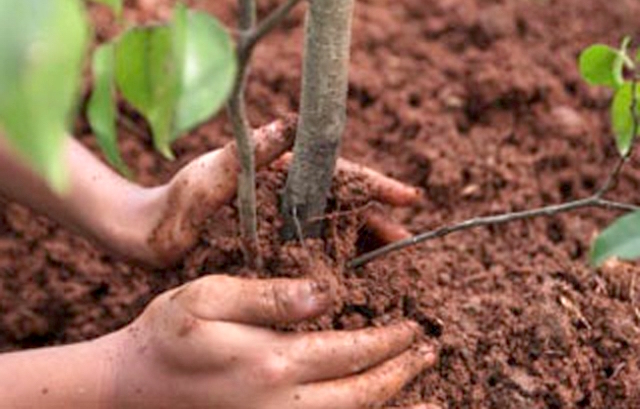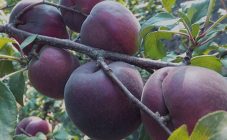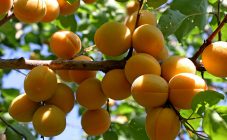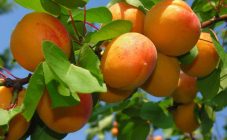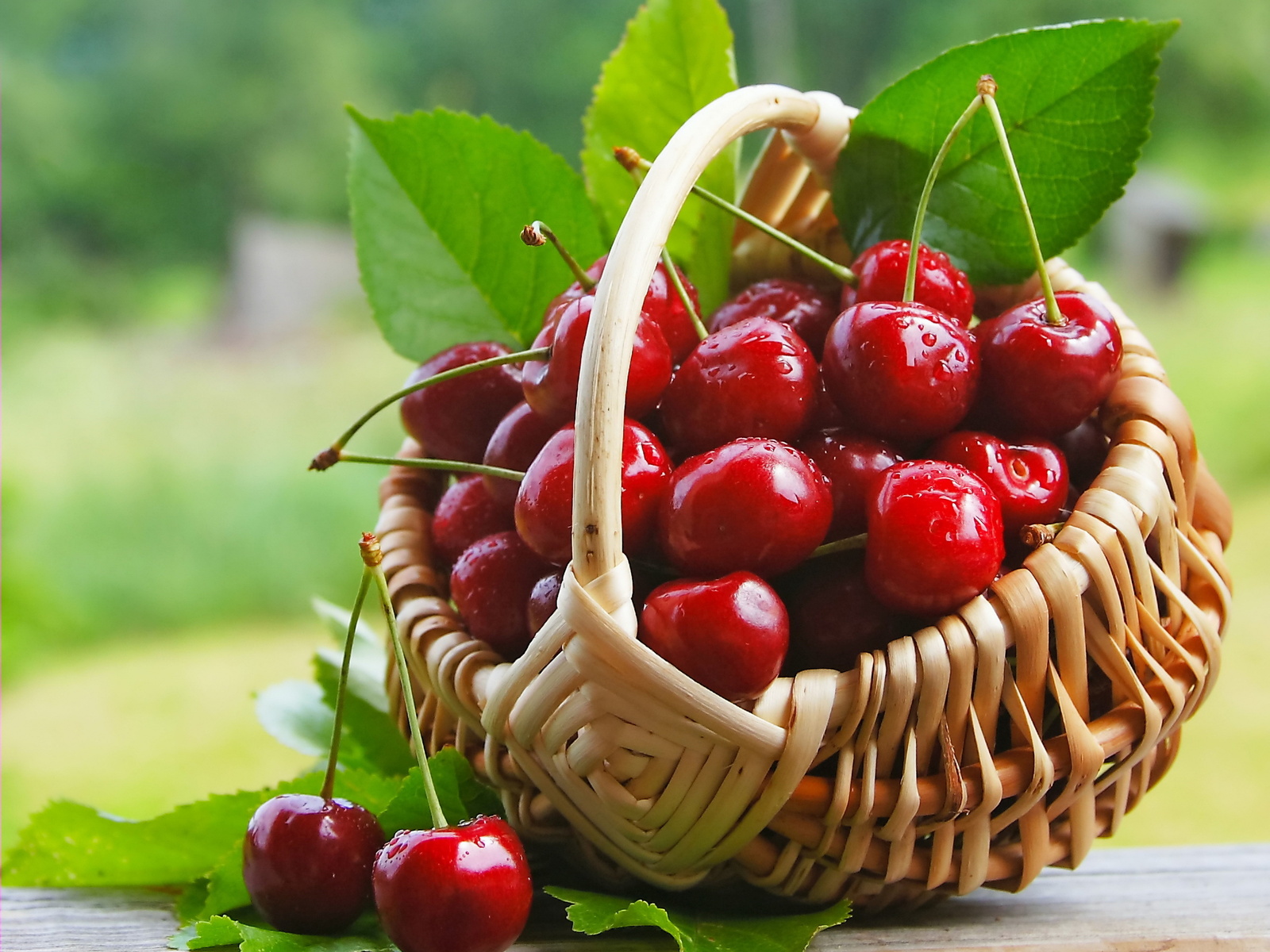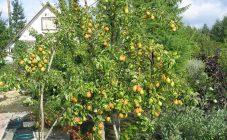Content:
Soviet breeders G. T. Kazmin and V. A. Marusich in the distant 80s. In the 20th century, a new apricot variety was developed, which was named Akademik. Soon, this variety began to be grown in many regions of Russia, earning the title of an elite variety.
General information about culture
The Khabarovsk scientists bred the variety by crossing two types of apricot - Sputnik and Khabarovsk. The culture belongs to winter-hardy species, it can even withstand severe frosts.
The tree is pollinated by insects and due to this it gives a good harvest. The fruits are large, fragrant and sweet. Outwardly, the fruits are very attractive, so gardeners often put their goods up for sale.
Description of the apricot variety Akademik
The Academician has similar characteristics with the Royal apricot variety. The tree itself is tall, it can reach up to 5 m, the trunk is medium-sized, the crown of the apricot is round-elongated. This variety differs from other apricot crops by the characteristic tuberosity of the trunk of the tree. Leaves are ovoid, but pointed at the top.
The tree blooms with large flowers that appear in the first half of May. But a lot depends on how warm the weather will be this month.
During the season, from one tree is collected from 17 to 19 kg of fruits. If the weather is favorable and proper care is taken, these figures reach 40 kg. The tree will bear fruit abundantly for 6-7 years after planting.
The fruit has an elongated bottom, similar to a bird's beak, ruddy sides and an orange base. The pulp is aromatic, sweet-sour taste. The base is juicy and slightly crispy. The inside is medium in size.
This variety is often affected by diseases. The most common are clotterosporia and monilial burn.
Growing
Apricot Akademik is not a finicky variety, but it has special planting and care preferences that you need to know about in advance.
Landing
It is recommended to choose two-year-old healthy seedlings. The spring planting is carried out before the bud swelling, and in the fall - in October.
Before disembarking, it is not necessary to form a trunk circle. There is enough elevation around the trunk for unnecessary moisture to drain off the sides. In this case, the root collar of the seedling should be lowered 3 cm above ground level.
Care
- To get air to the roots, you need to often loosen and remove weeds. It is important to feed the soil with organic matter and mineral fertilizers.
- So that the tree does not grow up, it is worth forming the crown by pruning from the first year.
- Watering is needed once a week with settled water. Irrigate more often in summer.
- To treat wood from insects, special store products are used.
Advantages and disadvantages of the variety
Benefits:
- high productivity;
- cold resistance;
- large and tasty fruits;
- persistent immunity to fungal diseases;
- self-fertility.
Disadvantages:
- roots quickly rot when waterlogged;
- with an incorrectly selected planting site (in a lowland, for example), the seedling dies after the first winter.
Despite minor flaws, the Akademik variety has more advantages.Many gardeners plant it not only for their own needs, but also for the further sale of fruits, since apricots are stored for a long time. Another important advantage of the Akademik apricot is its winter hardiness, which is very important for the northern regions!

